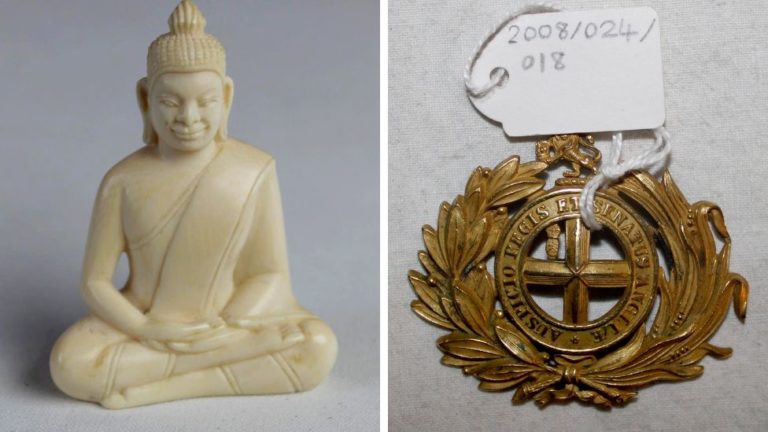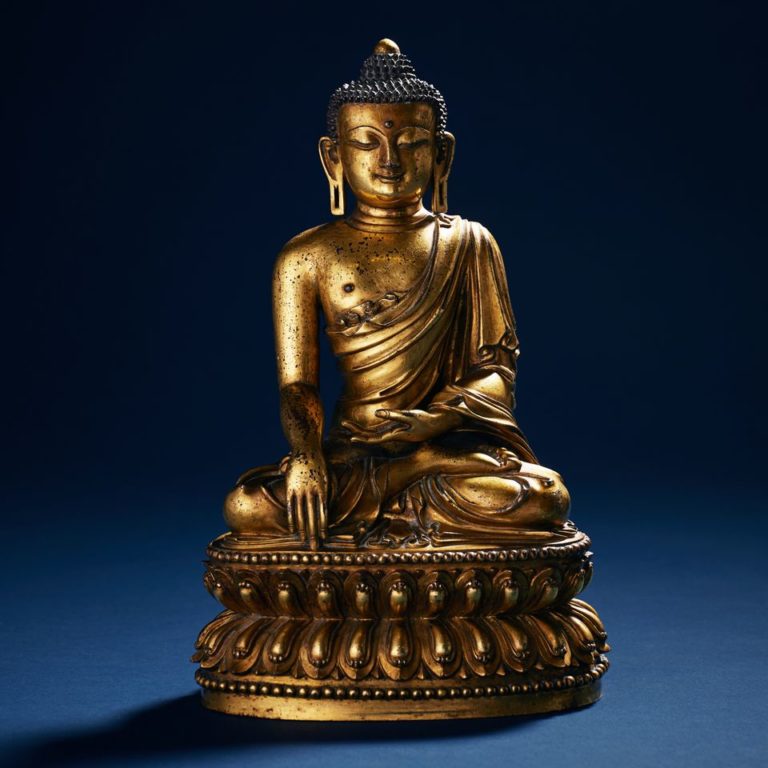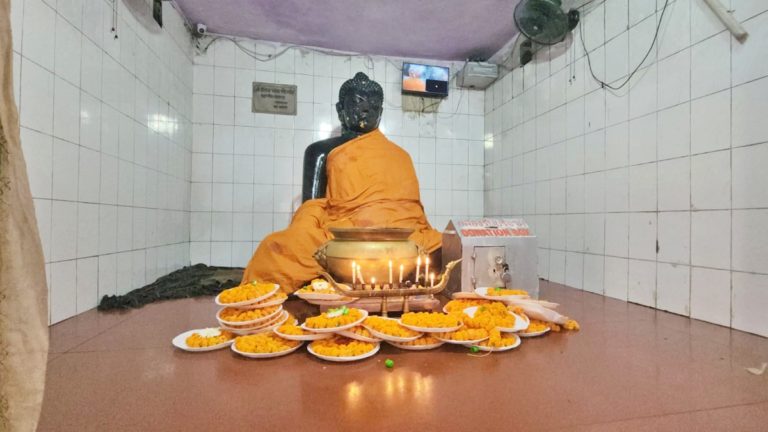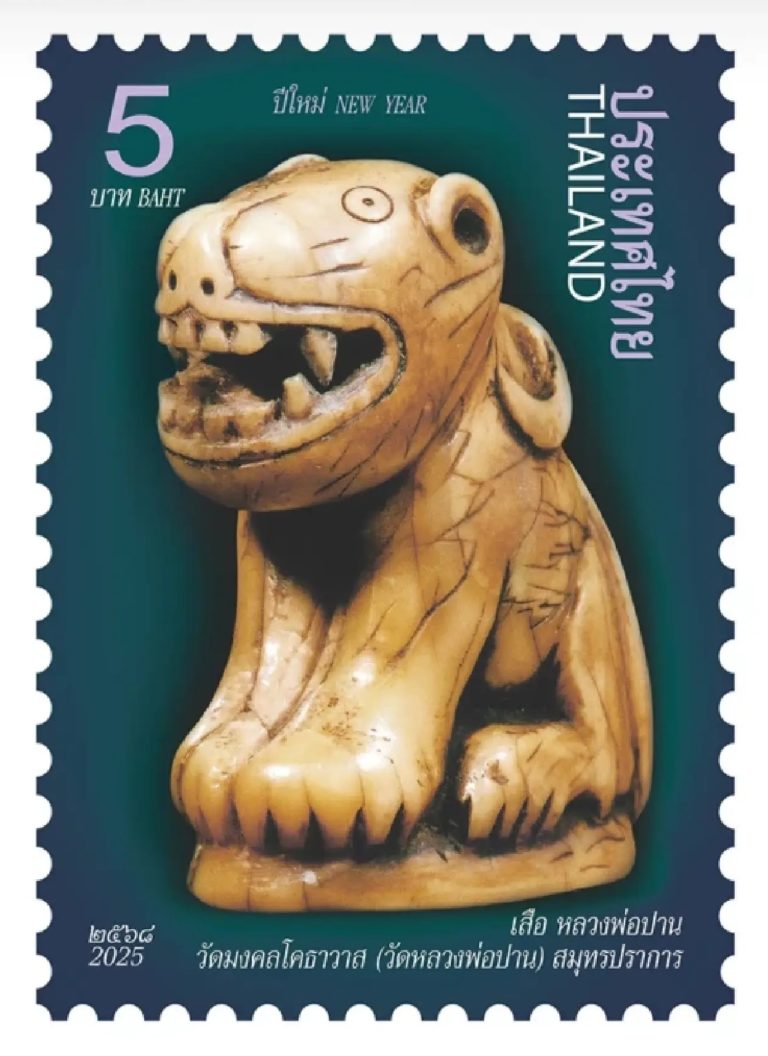A striking archaeological discovery in Nyemo county, Xizang, has revealed ancient cliff inscriptions and rock paintings that offer fresh insight into the region’s cultural legacy. The find, made during China’s fourth national cultural relic survey in 2023, marks the first such breakthrough in the area for over a decade.

The sites—two cliff inscriptions and one rock painting—were initially spotted by residents of Thonba township during a local environmental cleanup. Their report to the Institute for Cultural Relic Conservation triggered a swift investigation led by deputy head Shargan Wangdue, confirming the significance of the find.
Now designated a county-level protected site, the most prominent feature is the Drakmar Cliff Inscriptions, named after the “red rock” in the local Tibetan dialect. At its heart stands a carved image of Shakyamuni Buddha, measuring 2.47 metres tall and 2.1 metres wide, with a distinctive horseshoe-shaped head. Experts believe the statue’s scale and craftsmanship reflect deep historical reverence and artistic skill.
Tenzin Kelcho of the Lhasa City Cultural Relics Bureau was among the first to assess the carving, noting its exceptional value. The discovery not only enriches understanding of Buddhist iconography in the region but also underscores the importance of grassroots involvement in heritage preservation.
With further surveys underway, Nyemo’s cliffs may yet yield more secrets from the past—etched in stone, waiting to be read.




